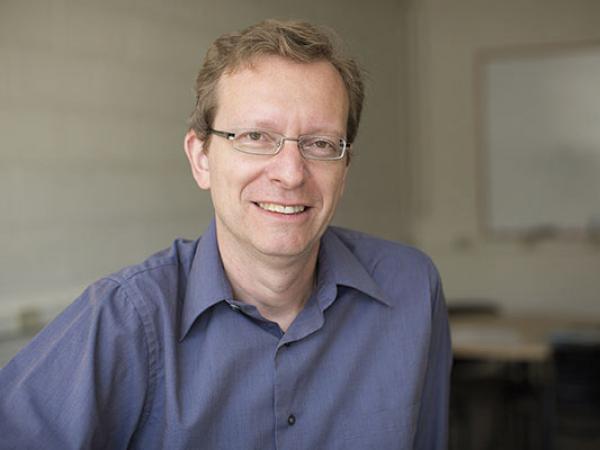
Gennady Shvets
University of Texas, Austin
Friday, November 18, 2016
3:00pm
Abstract: The integration of direct laser acceleration (DLA) and laser wakefield acceleration (LWFA) is a new approach to plasma-based acceleration that confers several benefits over both schemes taken separately. Such integration requires a significant portion [1] of the laser energy (e.g., a separate laser pulse [2,3]) to trail the main bubble-producing laser pulse, and resonantly interact with the trapped accelerated electrons undergoing betatron motion inside the plasma bubble. I will demonstrate how electron dephasing from the accelerating wakefield, which is one of the key limitations of LWFA, is reduced by their growing undulating motion. Moreover, the distinct energy gains from wake and the laser pulse are compounding, thereby increasing the total energy gain. Even more significant increases of the overall acceleration can be obtained by moving away from single-frequency laser format toward combining mid-infrared laser pulses for plasma bubble generation with short-wavelength trailing pulses for DLA. Various injection mechanisms, such as ionization injection, external injection, self-injection, and their advantages will also be discussed. Translating these new concepts into specific experiments will take advantage of recent technological advances in synchronizing laser and electron beams, and using multiple beamlines for producing sophisticated laser pulse formats.
[1] J. L. Shaw et. al., Plasma Phys. Cont. Fusion 56, 084006 (2014)
[2] X. Zhang, V. N. Khudik, and G. Shvets, Phys. Rev. Lett. 114, 184801 (2015)
[3] X. Zhang, V. N. Khudik, A. Pukhov, and G. Shvets, Plasma Phys. Cont. Fusion 58, 034011 (2016).
Bio: Gennady Shvets is a Professor of Applied and Engineering Physics at Cornell University. He received his PhD in Physics from MIT in 1995 under the supervision of J. S. Wurtele. His thesis focused on theoretical and computational investigations of laser-plasma interactions, with applications to laser-driven plasma-based accelerators. He has been on the Physics faculty at the University of Texas at Austin since 2004, holds an endowed Professorship in Physics (presently on leave). In 2016 he joined the School of Applied and Engineering Physics at Cornell University. Previously he has held research positions at the Princeton Plasma Physics Laboratory and the Fermi National Accelerator Laboratory, and was on the faculty of the Illinois Institute of Technology. His research interests include plasma physics (with the emphasis on laser-plasma accelerators), nano-photonics, advanced laser-driven particle accelerators, meta-materials and their applications (including to accelerator physics and vacuum electronics). He is the author or coauthor of more than 180 papers in refereed journals, including Science, Nature Physics, Nature Materials, Nature Photonics, Physical Review Letters, and Nano Letters. Dr. Shvets was a Department of Energy Postdoctoral Fellow in 1995-96. He was a recipient of the Presidential Early Career Award for Scientists and Engineers in 2000. He is a Fellow of the American Physical Society (APS) and Optical Society of America.